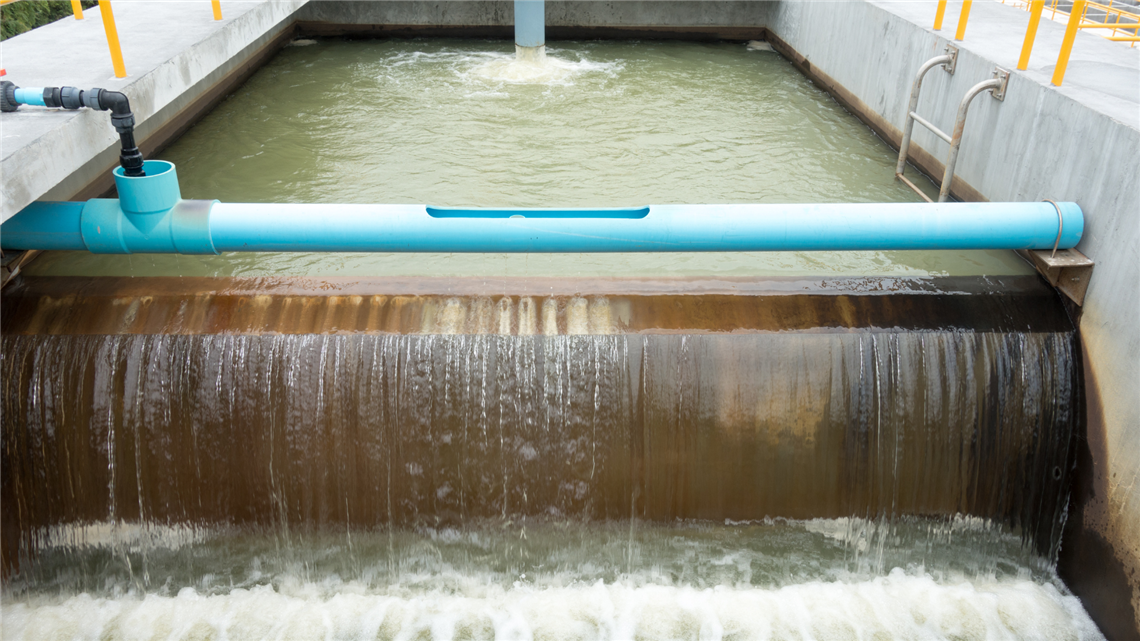River waters, an essential natural resource, can be purified for use through water treatment systems. These systems are crucial not only for preserving our natural resources but also for creating healthy living environments and ensuring environmental sustainability.
The quality of water, one of the most fundamental sources of life, is vital for both our health and the production of high-quality goods in industry.
River water purification systems are significant steps towards obtaining clean and high-quality water. Through these systems, high-quality water can be obtained from streams, brooks, and river sources. Additionally, wastewater can be recycled for further use. Natural resources are heavily consumed, especially in industry and agriculture, making the recycling of waste increasingly important with each passing day. Therefore, the use of recycling systems to preserve our natural resources, regardless of the purpose, has become a critical necessity.

Areas of Application for River Water Treatment Systems
- Industrial Facilities
- Agriculture
- Farms
- Desert Hospitals
- Camps
- Disaster Zones
- Temporary Settlement Areas
- Military Facilities
- Factories
- Construction Sites
- Villages and Rural Areas
- Energy Production Sites
- Tourism Regions
- Cement Production Areas
- Environmental Conservation and Ecology Zones
- Undeveloped Regions
- Community Areas in Remote Settlements
The usage areas of water purification devices used for the cleaning of stream, brook, and river waters are quite extensive. These portable, cost-effective, and environmentally friendly devices can ensure the continuity of clean and high-quality water supply. Systems with different production capacities can be established depending on the conditions of use and the desired contaminant levels. Systems are designed and engineered for both small and large-scale applications. Especially in areas with no infrastructure, these systems provide access to clean water.

The systems that purify river waters contribute to environmental protection and ecology zones by supporting aquatic life and helping to preserve ecosystems.
The quality of clean water used for irrigating agricultural lands enhances plant growth and productivity.
High-quality water production is also utilized in industry. Clean and high-quality water is a crucial factor in producing high-quality products.
Tourist areas can be remote from residential areas. Accommodation facilities in tourist regions often require a high demand for high-quality drinking water and standard usage water. If natural water sources are nearby, water purification systems provide an excellent solution in these locations.
Differences Between River Water and Seawater Purification Systems
- There are not significant differences among the systems used for purification. However, due to variations in environmental conditions and characteristics, there are differences in their technical components.
- Seawater contains a higher level of salt compared to river water. Therefore, special purification technologies are used to remove the salt. Reverse Osmosis Technology is one of the most advanced systems used to eliminate salt and contaminants. Both river and seawater purification systems can incorporate Reverse Osmosis technology, but higher pressures are typically used in seawater systems.
- Large-scale facilities are typically established for seawater purification.
- The primary goal in both cases is to purify water by removing pollutants, solid materials, and organic components. Different processes are employed because the types of contaminants present in each source are different.
- While there may be variations in the systems implemented, both river and seawater can be purified to obtain clean and high-quality water through these systems.
- River water typically has less particulate pollution compared to seawater.
River Water Treatment Processes
Basic purification methods are employed, utilizing physical, chemical, biological, and membrane processes to remove pollutants, organic compounds, solid materials, and undesirable particles. Systems are designed with technologies that ensure the most efficient removal of contaminants based on the specific conditions and purposes of the natural source. The use of high-quality filters that are suitable for the conditions is crucial, emphasizing both durability and functionality.

Through physical processes, solid particles are gathered and settled in tanks during the preliminary treatment phase. After the mechanical processes, the treatment moves on to the stage where biological cleaning plays a significant role.
Biological cleaning converts organic components into inorganic ones by utilizing the cleansing power of nature. It is an effective method for purifying water from organic pollutants.
Technologies designed for biological processes activate bacteria through aeration. These activated bacteria break down and eliminate organic matter. Moving Bed Biofilm Reactor (MBBR) technologies facilitate the biological growth process, with one of the most important technologies being the Activated Sludge System. This system operates on the principle of sequential batch reactors (SBR) and is used in many treatment systems, including industrial, agricultural, and domestic applications. This technology, also known as SBR systems, cleanses pollutants to a high degree, producing high-quality drinking water.
Besides the technologies necessary for purifying river water, it is also crucial to clean and make wastewater reusable to prevent it from polluting the river. For treating wastewater used in facilities located near rivers, the most effective processes are chemical treatments and MBR systems. Membrane Bioreactors (MBR) can yield high-efficiency water treatment.
Wastewater may contain chemical residues based on the facility's characteristics. To prevent these chemical residues from entering the river, chemical cleaning processes such as coagulation, flocculation, and sedimentation are performed, tailored to the properties of the chemicals used. The sludge produced through chemical processes is separated from the water.
At RIVAMED, we design and plan small and large-scale systems based on the parameter results that indicate water quality.